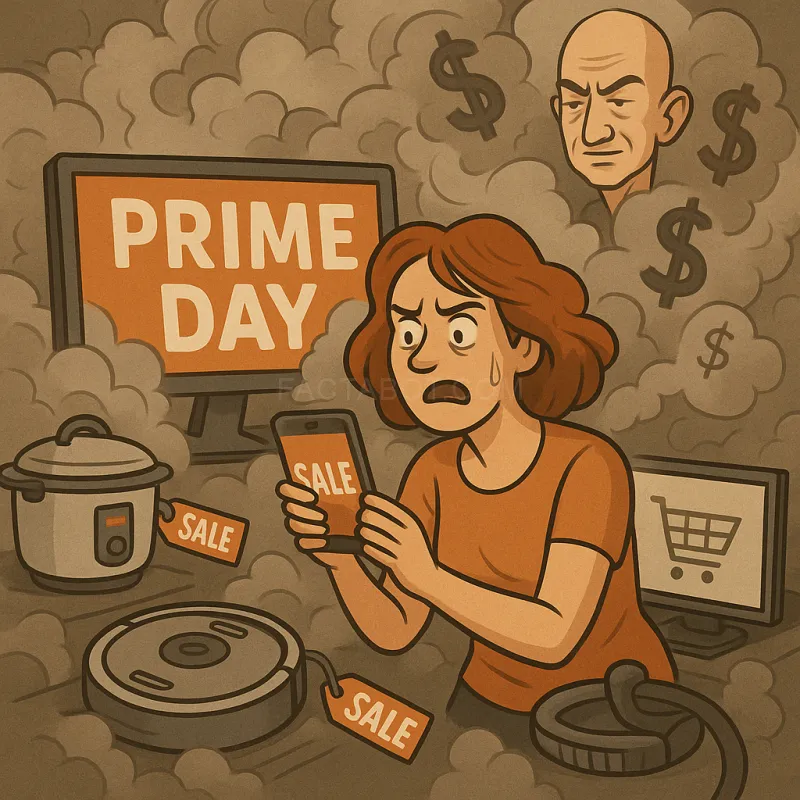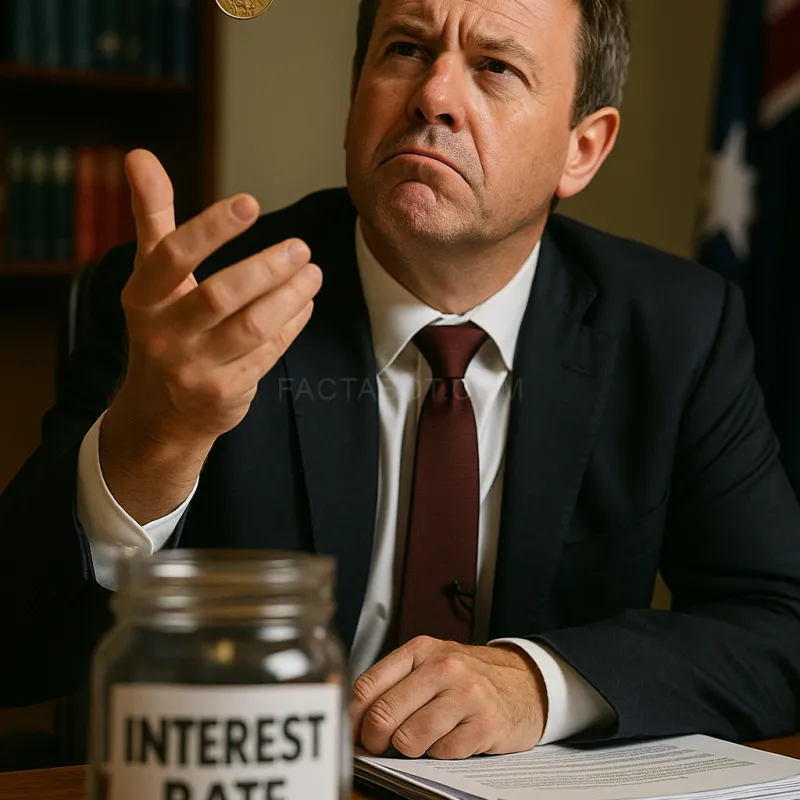Power Bills Surge: Government Suggests Candlelit Dinners for Romance and Savings
Author by
Clara
Thursday, 2025 Jul 03|
07:16 PM
Some households will soon pay nearly 10% more for electricity. The official advice?
Dim the lights, apparently.
From July 1, new electricity default market offers (DMOs) kicked in across several states—including NSW, South Australia, and southeast Queensland—raising regulated power prices by between 2.7% and 9.7%, depending on where you live and how unlucky you are.
The change hits as Australia enters winter—aka heating season, aka wallet-crying season.
The Australian Energy Regulator (AER) claims the increases are smaller than they could’ve been, calling them “modest” in light of wholesale market volatility.
The response from households?
Let’s say it wasn’t “thank you.” This isn’t just about numbers on a bill.
It’s about timing, pressure, and a government that’s increasingly seen as reactive instead of proactive.
The cost-of-living crisis has been the most consistent headline of the last two years, and now, just as people thought relief might be in sight, another bill shoots up.
Inflation is softening, but power prices clearly didn’t get the memo.
The justification behind the rise is familiar: international supply chains, gas price spikes, aging infrastructure, and so on.
The Albanese government says it’s working on long-term solutions—like investing in renewables and extending energy relief packages—but those plans aren’t heating cold homes this week.
Let’s also talk equity.
These increases hit hardest in low-income and rental households, where energy efficiency upgrades are out of reach and heaters often double as decorative furniture because no one can afford to turn them on.
The middle class might gripe. The working class feels it directly.
The government’s temporary rebate—a $300 energy bill discount announced earlier in the year—is supposed to cushion the blow, but it lands more like a Band-Aid on a broken meter.
When prices rise after the rebate rolls out, it’s hard not to see it as political sleight of hand: give with one hand, take with the other.
The longer-term issue is this: Australia still doesn’t have a consistent national energy strategy that prioritises affordability and sustainability.
Prices will continue to seesaw, and consumers will continue to bear the brunt—unless someone steps up and rewires the entire conversation.
📝 Clara’s Cut: Energy regulators are asking for “understanding.” Voters are asking for heat without heartbreak.
The romance of candlelight fades fast when it’s forced.
🧨 You made it to the end. now what?
Like that roast? Don't keep it to yourself.
Don't Miss the Next Meltdown
Subscribe if you enjoy rage, sarcasm, and the sound of democracy wheezing.
Hit me again (surprise me)“🚨 Daily Roast Drops – Subscribe Now”
other stories Clara's raging at:

News - Uncategorized
Mushroom Murder Case Gets Spicier—Doctor Says “I Clocked Her Day One”

News - Lifestyle




